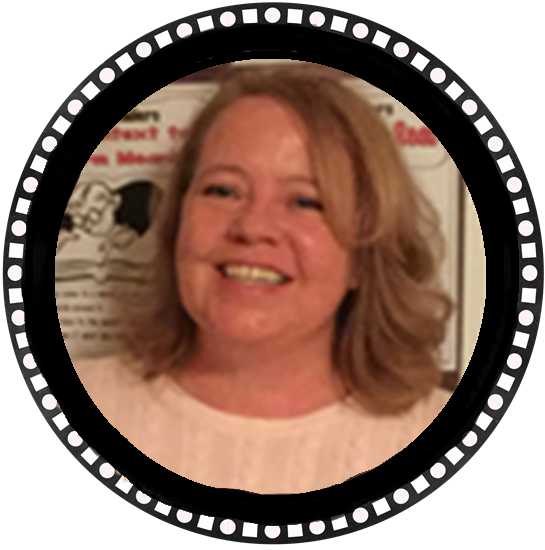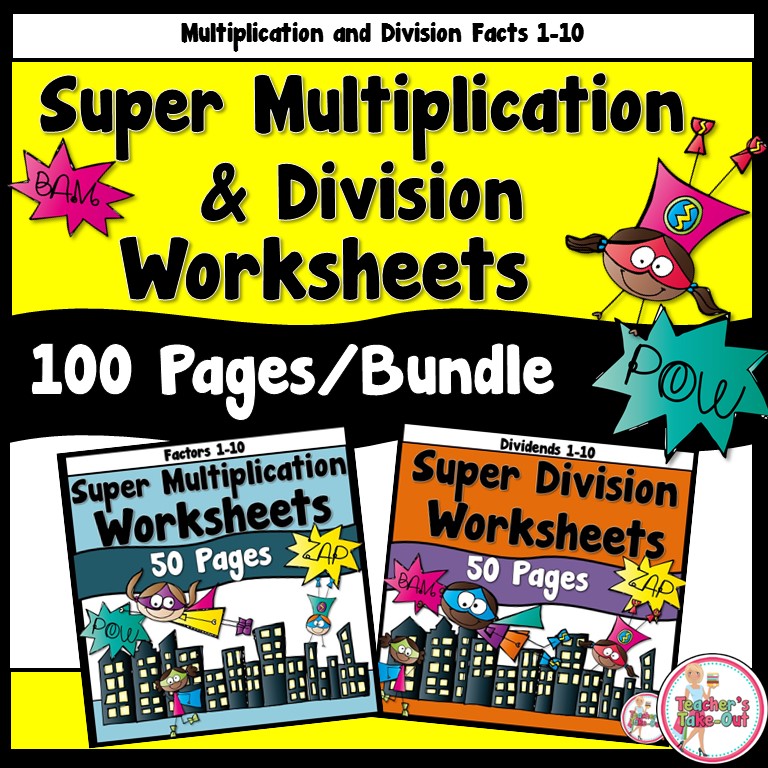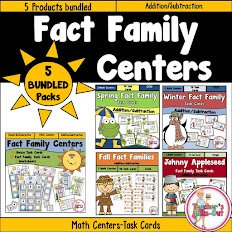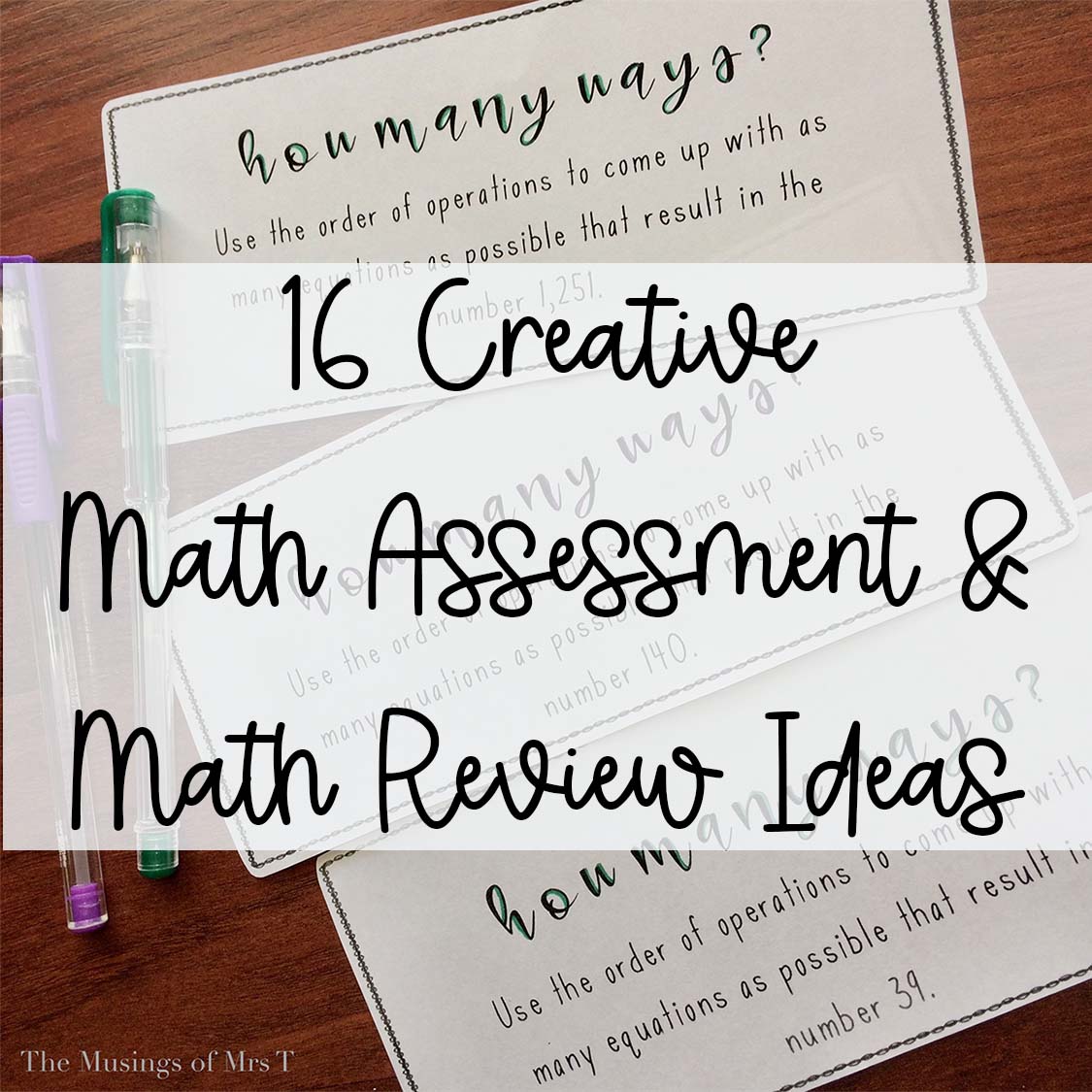A
personal narrative is a piece of writing that tells a story about an event in a
person’s life. Every day, students narrate aloud stories centered on their own personal
experiences. It is putting those stories into writing that will be the hardest
part. When we write, our readers need more information in the writing than they
would if they told the story orally. Personal narratives must be written in an
organized way for the reader to fully understand the story. No matter how big or small the
paragraph(s) need to be, they will still need to have a central idea, include some
characters, write some descriptions, and a have clear beginning, middle and
end. Personal narratives will help students write about what they know best: themselves.

Personal Narrative are great for students to explore and improve their writing. Students
learn how to write by writing. They need opportunities to just write and they
need to explore a variety of formats or ways to become a skilled writer. I have
a few suggestions below to help with writing a basic personal narrative
paragraph. You, as the teacher, will adjust as you see fit according to the needs
or ability of your students. I think writing personal narratives can start as
early as first grade. Second grade will refine their writing to look more like
a paragraph. Third grade will have better and more detailed sentences. Fourth
grade and up will have multiple paragraphs about the same topic. Keep reading below to pick up some ideas and freebies to get started writing personal narratives.
Writing
a paragraph with your students is a great way to model and teach them about
writing their personal narrative. First, students will need to brainstorm a
list of ideas to write about. Each students’ list will be different because
everyone has different experiences. If you give your students a general topic,
all students will be writing about the same idea. I start everyone off with,
“The Time I Lost My Tooth”. I start with this prompt because every 2nd
grader and up has lost a tooth at some point in their life. Their tooth loss story
always seems to be exciting or traumatic for them. This will make it easier to
generate ideas and have a lot to write about.
Once
students have an idea to write about, they will begin their personal narrative with
a topic sentence or opening statement. This sentence will state what their personal
narrative will be about. Here are some opening statement examples for the “Tooth”
story: “It was a funny time when I lost my tooth.”, “The time I lost my tooth
was the day my brother was born.”, or “One time I tripped and my front tooth
fell out.” More advanced writers will write more than one sentence and give more detail in each sentence.
The
middle or main idea of the paragraph will have students using some sort of
sequence words to tell their story. These words are first, next, then, after, final or
other sequence words can also be first, second, third, fourth, and so on. The
sequence words appear in the middle of the personal narrative. Students sequence the events of their experience from beginning to end. This is
where students can add details and write their experience in sequence order.
The
ending is just as important as their topic or opening statement. Students must be able to let their reader know
they are finished telling their story. Endings can be as simple as a question
like, “Have you ever lost a tooth?” or a statement like, “I will never forget
how I lost my first tooth.”
To help students write their personal narratives, here is a FREE checklist to help them make sure they've covered all the components that go into a personal narrative. This checklist covers all the 6-traits of writing. It also includes a checkbox at the end of the checklist for students to proofread their personal narrative. You will only be able to download this checklist from my blog only. Just click the picture on the left to download this free checklist and begin using it with your students today!
I created a pack of 30 writing prompts to help students write some personal
narratives. This pack already has the graphic organizer included for each
prompt. It will be easy for students to get started or to use as a guide as
they write their personal narrative. These personal narratives will be easy to
distribute too. Use these for homework, classwork, or for early finishers. Click the Personal Narrative below to be taken to my Teachers Pay Teachers Store to see this item up close.


If you would like to try writing a personal narrative, try the blank graphic organizer to get started. Anytime you can get students to write, a personal narrative is a great place to begin. We all know students love to talk about themselves. Now let's see if they can write their story in words. This organizer is for beginners learning to write a simple paragraph. Students can use this organizer as a guide to write the perfect paragraph. This graphic organizer is also FREE. Just click the picture on the left to download it and begin using it today.
When I'm teaching personal narratives, I always like to read picture books to my students that model personal narrative writing. Here are a few books you may like to read with your students to also show personal narrative stories. I linked them to Amazon to make it easy for you to view.
Click below to see some older blog posts about personal narratives. Each post offers more advice and ideas about personal narratives.
Good luck writing or teaching about personal narratives.
Thanks for stopping by today!
See you soon,





































































































